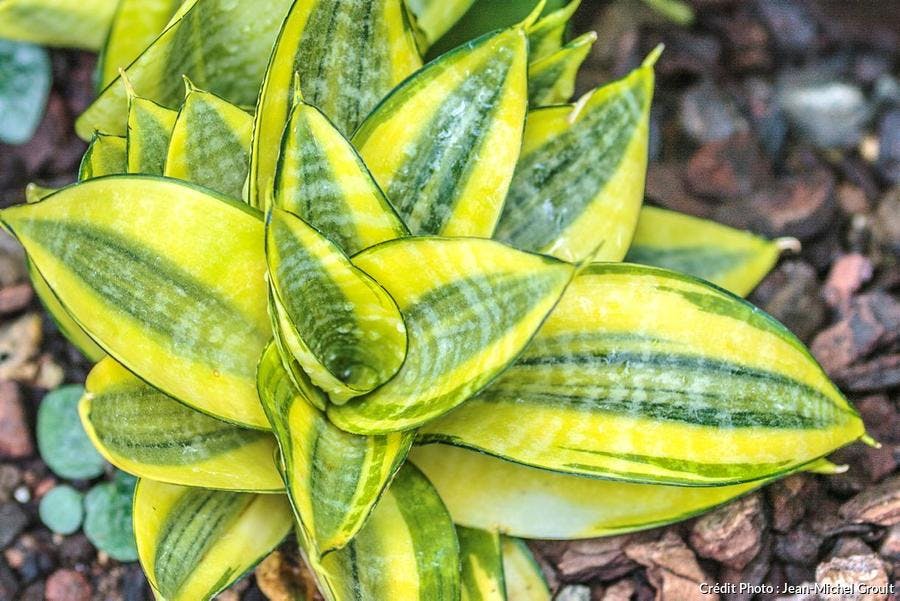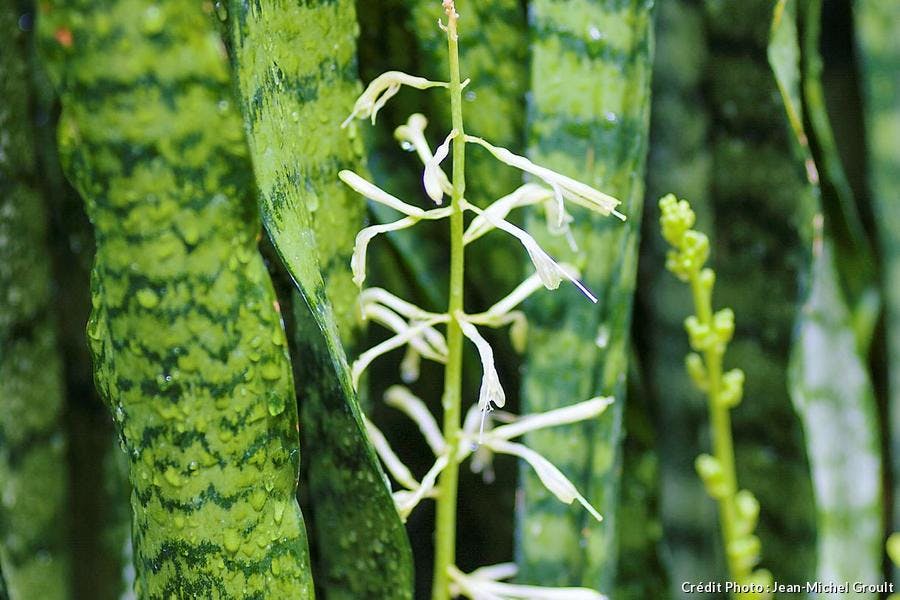
Utiliser la langue belle mère pour nettoyer les reins
Les reins filtrent le sang afin d'éliminer les déchets et le surplus de liquide. En cas de dysfonctionnement des reins, ces déchets s'accumulent.
Les symptômes apparaissent lentement et ne sont pas propres à cette maladie. Certaines personnes ne présentent aucun symptôme, auquel cas la maladie est diagnostiquée par un test de laboratoire.
La prise de médicaments peut aider à gérer les symptômes. Aux stades avancés, il peut être nécessaire de filtrer le sang avec une machine (dialyse) ou de procéder à une greffe.La bonne nouvelle est qu'il ya des plantes qui permettent de filtrer et d'assurer le bon fonctionnement des reins. Lire jusqu'à la fin pour decouvrir cette belle plante et sont effet sur le reins.
Prenez rendez-vous avec lady feranmi sur :
Cliquez ici pour plus d'information sur les produits similaires
Veuillez nous contacter pour avoir un traitement
Prière de joindre sur mon téléphone en cliquant ici/ WhatsApp ALLO Docteur
Recherche associée
Quelle sont les tisane pour les reins ?, Quels sont les bienfaits de la langue de Belle-mère ?, Comment se nettoyer les reins naturellement ?, Quelle plante pour le bon fonctionnement des reins ?, Est-ce que le thym est bon pour les reins ?, Quels sont les aliments qui fatiguent les reins ?, Comment se nettoyer les reins ?, Quel fruit pour nettoyer les reins ?
Tout sur la langue de bel mère
Voilà une langue de belle mère qui vous réussit ! La sansevière est une plante que l'on ne peut pas tuer, même en faisant des efforts. Elle doit son surnom de "langue de belle-mère" à la texture coriace de ses grandes feuilles élancées, un surnom qu'elle partage avec d'autres plantes d'intérieur comme l'aspidistra. Panachée, vert sombre ou encore mouchetée, la sansevière se décline en plusieurs formes bien adaptées à nos intérieurs modernes, pourvu qu'ils soient lumineux. Alors si vous n'arrivez jamais à garder la moindre plante d'intérieur, commencez par celle-là.

Utiliser la langue belle mère pour nettoyer les reins: Les vertus
L'effet de la langue de belle mère sur les reins
Boire beaucoup d'eau, 1 L et demi par jour, eau de source la plus pure possible (extrait sec à 180° le plus bas possible, autour de 20, c'est indiqué sur toutes les étiquettes). Faire des tisanes avec la langue de belle mère et en prendre tout au long de la journée. En prendre moins dans la nuit. Elle à un effet dieuretique et permet de purifier le sang. Gràce à elle dite à Dieu à l'insuffisance renale. Clicquer en bas pour découvrir notre recette gratuite pour soigner l'insuffisance rénale:
https://www.remedbio.com/blog/kidney-failure-natural-treatment.html
Cliquez ici pour plus d'information sur les produits similaires
Veuillez nous contacter pour avoir un traitement
Prière de joindre sur mon téléphone en cliquant ici/ WhatsApp ALLO Docteur
Le saviez-vous ?
La sansevière est originaire d’Afrique, dans une zone allant du Nigeria à l’est du Congo. Elle doit son nom à un aristocrate italien, Raimondo di Sangro, prince de San Severo, dans les Pouilles. Cet inventeur, anatomiste, militaire, écrivain et académicien fut l’une des figures majeures du xviiie siècle italien et des Lumières. Connu également comme occultiste, versé dans l’alchimie et la franc-maçonnerie, il a créé d’étranges machines anatomiques humaines, conservées dans la crypte de la Cappella Sansevero à Naples.
Cliquez ici pour plus d'information sur les produits similaires
Veuillez nous contacter pour avoir un traitement
Prière de joindre sur mon téléphone en cliquant ici/ WhatsApp ALLO Docteur
Comment entretenir cette plante d'intérieur ?
Exposition : lumière vive sans soleil direct.
Dimensions : de 30 à 70 cm, et +.
Arrosage : une fois par semaine. Laissez sécher la terre entre deux arrosages. Réduisez drastiquement les arrosages en hiver (une fois par mois, ou moins si la température est fraîche).
Entretien : tous les mois, voire un peu plus souvent, passez une éponge propre et humide sur les feuilles pour les débarrasser de la poussière. Ne les passez jamais au lait, comme on le voit souvent conseillé, vous ne feriez qu’ajouter une pellicule grasse
sur le feuillage. N’utilisez pas de produit lustrant non plus, trop polluant.
Rempotage : la plante n’a pas besoin de rempotages trop fréquents. Tous les 4 ou 5 ans, quand vous voyez qu’elle commence à être vraiment à l’étroit dans son pot, donnez-lui un nouveau contenant, d’un diamètre et d’une profondeur supérieurs de 3 à 5 cm, pas plus. L’important est que le pot assure une bonne stabilité à la plante.
Remarques : ne coupez jamais le bout des feuilles, même si vous le trouvez un peu piquant. C’est là qu’est le point de croissance. Si vous le supprimez, le développement de la plante s’en trouverait arrêté.
Prenez rendez-vous avec lady feranmi sur :
Cliquez ici pour plus d'information sur les produits similaires
Veuillez nous contacter pour avoir un traitement
Prière de joindre sur mon téléphone en cliquant ici/ WhatsApp ALLO Docteur
Découvrez les fruits qui permettent de netoyer les reins
Presque tous les fruits et legumes ont une action diurétique, mais vous pouvez drainer les reins naturellement avec :
• les cerises, Ie melon, le pamplemousse, la péche, la pomme, Ies prunes , la poire également, mais c’est un fruit qui refroidit les reins et paralyse leur activité. Pour cette raison, Ia poire est contre indiquée à tous ceux qui ont des reins délicats ou qui soufrent de maladies rénales.
• l’artichaut, les asperges, l’aubergine, la citrouille, Ie cresson. Ies haricots. Ia chicorée sauvage, Ie céleri (rave et branche), Ie navet, le panais, Ie pourpier, Ie salsifis.
Nous écrire au appeler pour nous joindre.
Cliquez ici pour plus d'information sur les produits similaires
Veuillez nous contacter pour avoir un traitement
Prière de joindre sur mon téléphone en cliquant ici/ WhatsApp ALLO Docteur
Utiliser la langue belle mère pour nettoyer les reins:Entretient et achat
La fleur, petite récompense

Lorsqu'elle se plaît, la sansevière fleurit en un épi qui n'est pas spectaculaire mais exhale une douce odeur. Et une floraison parfumée dans la maison, ce n'est pas si courant ! Elle demande le plein soleil et déteste avoir les racines qui trempent en permanence : videz la soucoupe après arrosage.
Une belle sansevière et sans effort d'entretien
La sansevière est originaire de régions un peu désertiques, où elle pousse naturellement à l'ombre de buissons. En intérieur, elle aime donc l'air sec et cela tombe bien car l'air de nos intérieurs est aride ! Un peu de soleil chaque jour favorise des feuilles plus colorées, surtout chez les sansevières panachées. Elle aime l'eau de façon régulière, une fois par semaine. L'excès d'eau est son plus grand ennemi et la motte doit bien sécher avant d'arroser à nouveau. Si vous êtes du genre à oublier d'arroser vos plantes, à partir en vacances sans trouver le temps d'arroser vos potées ou que vous avez l'arrosoir intermittent, aucun problème : la langue de belle-mère le supporte parfaitement. Lorsque ses feuilles commencent à se rider, il est vraiment temps de lui donner à boire, mais elle ne vous enverra ce signal qu'après plusieurs semaines de régime sec.
Nous écrire au appeler pour nous joindre.
Quand arroser et quel terreau pour les sansevieria ?
Lorsque vous rempotez la sansevière, utilisez un terreau pour plantes d'intérieur.
Arrosez votre sansevière en incorporant un peu d'engrais liquide, une fois toutes les trois semaines, d'avril à septembre. Si la plante se trouve à l'étroit, il faudra la diviser ou la rempoter. Pour la changer de pot (la rempoter), rien de plus simple : sortez-la de son pot, et replantez tout simplement dans un pot plus large de 5 cm. Choisissez toujours un pot dont le sol est droit ou évasé, jamais plus étroit que le reste. Utilisez un terreau pour plantes d'intérieur. Évitez la terre de jardin et le compost, qui ne sont pas son fort.
Comment bouturer et diviser les sansevieria ?
La méthode la plus simple pour multiplier une sansevière est la division. Sortez la plante de son pot et tranchez dans la masse, en deux morceaux. Pour cela, employez un couteau de cuisine bien affûté et éloignez les enfants ! Séparez deux gros éclats que vous replanterez chacune dans leur pot ou dans ne même jardinière, en les espaçant de 30 cm. Arrosez très peu pendant un mois, le temps que la plaie de coupe cicatrice bien.
Les bienfaits de la langue de belle mère
Selon certaines jardineries ou des ouvrages de vulgarisation et de commercialisation de plantes, l'espèce a la réputation d'être dépolluante. Mais cela est nié par les études scientifiques
La sansevérine trifoliée a la capacité de métaboliser quatre des cinq principales toxines de l'air impliquées dans le syndrome du bâtiment malsain mais l'effet dépolluant est négligeable par rapport au besoin dans des conditions réelles même si la plante améliore légèrement les performances d'un filtre au charbon actif5. Pour le formaldéhyde et le xylène, ce sont respectivement par heure, dans certaines conditions de laboratoire, 189 et 157 microgrammes qui sont absorbés par la sansevière, soit près de dix fois moins que la fougère de Boston dans le premier cas, plus de trois fois moins que le dattier du Mékong dans le second6.
Le bouturage de la sansevière
Plus insolite, l'autre solution consiste à faire des boutures de feuille. Coupez une belle feuille à la base. La feuille doit être plate de préférence. Débitez-la en portions de 10 cm de long environ, et laissez sécher pendant une semaine.
Replantez-les ensuite dans un substrat très léger (sable ou vermiculite) et laissez enraciner. Au bout de trois semaine, chaque portion aura formé des racines et commencera à émettre ses propres feuilles, mais il faudra un an avant que vous n'ayez une plante complète.
Nous écrire au appeler pour nous joindre.
Où acheter cette plante et à quel prix ?
Vous pourrez acheter des calathéas dans les magasins de jardineries traditionnels, les fleuristes et même dans des grandes enseignes comme Afique Santé Bio. Il est aussi possible de les commander en ligne sur des sites comme afriquebio.com . Vous pourrez trouver ces plantes pour un prix compris entre 10 et 20 euro.
Prenez rendez-vous avec lady feranmi sur :
Quelle sont les tisane pour les reins ? Quels sont les bienfaits de la langue de Belle-mère ? Comment se nettoyer les reins naturellement ? Quelle plante pour le bon fonctionnement des reins ? Est-ce que le thym est bon pour les reins ? Quels sont les aliments qui fatiguent les reins ? Comment se nettoyer les reins ? Quel fruit pour nettoyer les reins ?
Commentaires
-

- 1. DJIMA Rachidatou Le 2022-02-02
Ecrivez nous au:+22967546677 Pour plus d'information. -

- 2. Samayone Le 2022-02-01
et donc, comment nettoie-t-on les reins avec???
Ajouter un commentaire






















